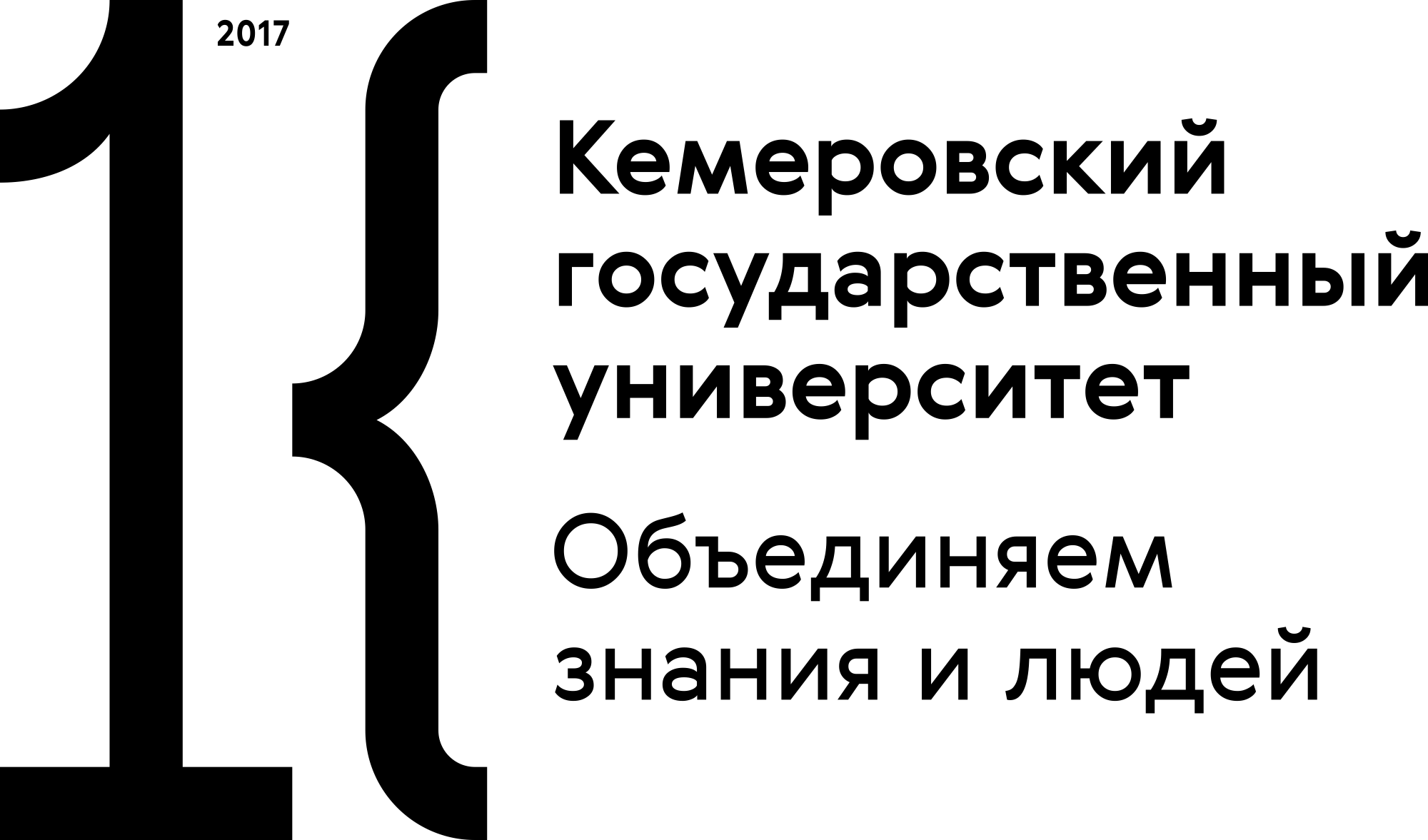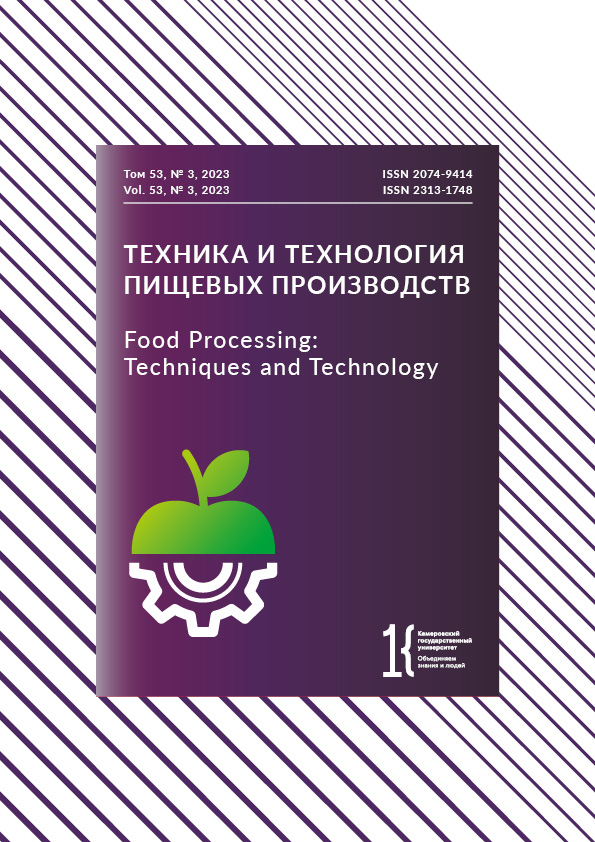from 01.01.2002 until now
Kemerovo, Russian Federation
Kemerovo, Russian Federation
Kemerovo, Russian Federation
Marketing communications create a positive brand image and attract potential consumers while providing close interaction with the target audience and increasing competitiveness. By combining approaches and tools, food companies increase the effectiveness of marketing communications and avoid communication barriers, thus achieving their profit targets in sales and advertising. The research featured consumer preferences in the field of dairy products. The research involved such methods as observation and survey; the obtained data underwent statistical, economic, and graphic processing. The survey involved 388 residents of the city of Kemerovo and the case of the local dairy producer Naturalnoe Moloko LLC, Kemerovo. The main barriers of marketing communications usually include barriers of perception, presentation, and interaction. The case study revealed barriers connected with installation, interaction, motivation, and comfort. The barriers could be minimized using digital marketing communications. The target audience saw the information availability about dairy companies and their products as important. This information can be provided by websites, social network accounts, and chat bots. In modern economic environment, a company is only as successful as its marketing communications. The survey data made it possible to formulate recommendations on how dairy companies can overcome communication barriers, based on the requirements of their target audience and their preferences regarding the place of purchase, choice, and communication channels.
Marketing communications, Digital communications, brand, social networks, SWOT-analysis
1. Amirova DR, Khramova AI. Theory of marketing communications. E-Scio. 2019;30(3):119-124. (In Russ.). https://elibrary.ru/YXCFHB
2. Vaysman VB, Yasireva AA. Marketing communications for small business. PNRPU Sociology and Economics Bulletin. 2018;(4):275-284. (In Russ.). https://doi.org/10.15593/2224-9354/2018.4.22
3. Fomin AA, Mikhailina EI. Analysis of the main food markets in the context of the spread of COVID-2019 coronovirus and prospects for overcoming the crisis. Moscow Economic Journal. 2020;(5). https://doi.org/10.24411/2413-046X-2020-10364
4. Yankovskaya VS, Dunchenko NI, Mikhaylova KV. New structured dairy products based on quality complaints and risk qualimetry. Food Processing: Techniques and Technology. 2022;52(1):2-12. (In Russ.). https://doi.org/10.21603/2074-9414-2022-1-2-12
5. Dorofeeva VV. Methodical approach to the assessment of the strategic competitiveness of an industrial enterprise. Issues of Social-Economic Development of Siberia. 2018;34(4):35-42. (In Russ.). https://elibrary.ru/YUDHAD
6. Huseynov RR. Implementation of IMC in the company through the creation of a multi-level integration system. Communicology: Online Scientific Journal. 2020;5(2):8-12. (In Russ.). https://elibrary.ru/RGIFXD
7. Shchetinina IV. Application of digital technologies of advancement to improve product competitiveness. Ekonominfo. 2018;15(4):49-53. (In Russ.). https://elibrary.ru/YPSCMH
8. Amirova DR, Zaporozhets OI. Social media marketing as an effective tool promotion. The Eurasian Scientific Journal. 2019;11(2). https://elibrary.ru/JJLKXC
9. Grigor'ev NYu, Chvyakin VA. Brand promotion in social networks through digital marketing. Economics: Yesterday, Today and Tomorrow. 2019;9(6-1):192-201. (In Russ.). https://www.elibrary.ru/VMCTYE
10. Kurakin MS, Ozherel’eva AV, Motyreva OG, Krapiva TV. A new approach to the development of food products. Food Processing: Techniques and Technology. 2021;51(3):434-448. (In Russ.). https://doi.org/10.21603/2074-9414-2021-3-434-448
11. Vásquez-Mazo P, Loredo AG, Ferrario M, Guerrero S. Development of a novel milk processing to produce yogurt with improved quality. Food and Bioprocess Technology. 2019;12:964-975. https://doi.org/10.1007/s11947-019-02269-z
12. Yurova EA. Quality and safety control of dairy products. Milk processing. 2019;234(4):6-9. (In Russ.). https://www.elibrary.ru/KLXMWE
13. Fedotova OB, Pryanichnikova NS. Research of the polyethylene packaging layer structure change in contact with a food product at exposure to ultraviolet radiation. Food Systems. 2021;4(1):56-61. (In Russ.). https://doi.org/10.21323/2618-9771-2021-4-1-56-61
14. Rusinova DYu, Voronova MS, Voronov MP. Consumer orientation - the principle of total quality management. Scientific Review. Economic Sciences. 2018;(2):11-17. (In Russ.). https://www.elibrary.ru/XZRBOP
15. Shemchuk MA, Shadrin VG, Komarcheva OS, Konovalova OV. Digital marketing communications in the sports nutrition market. Food Processing: Techniques and Technology. 2022;52(1):178-188. (In Russ.). https://doi.org/10.21603/2074-9414-2022-1-178-188
16. Shemchuk MA, Lobach EYu. Kemerovo chocolate market: Consumer preferences. Food Processing: Techniques and Technology. 2019;49(1):159-165. (In Russ.). https://doi.org/10.21603/2074-9414-2019-1-159-165
17. Singh H, Bhardwaj SK, Khatri M, Kim K-H, Bhardwaj N. UVC radiation for food safety: An emerging technology for the microbial disinfection of food products. Chemical Engineering Journal. 2021;417. https://doi.org/10.1016/j.cej.2020.128084
18. Li Z, Liu D, Xu S, Zhang W, Hemar Y, Regenstein JM, et al. Effects of pasteurization, microfiltration, and ultraviolet-c treatments on microorganisms and bioactive proteins in bovine skim milk. Food Bioscience. 2021;43. https://doi.org/10.1016/j.fbio.2021.101339
19. Kryuk RV, Kurbanova MG, Kolbina AYu, Plotnikov KB, Plotnikov IB, Petrov AN, et al. Color sensors in smart food packaging. Food Processing: Techniques and Technology. 2022;52(2):321-333. (In Russ.). https://doi.org/10.21603/2074-9414-2022-2-2366
20. Ustimkin OA. Evaluation and ways to increase the competitiveness of the enterprise. Young Scientists’ Forum. 2019;29(1-3):677-682. (In Russ.). https://www.elibrary.ru/SULAVE











